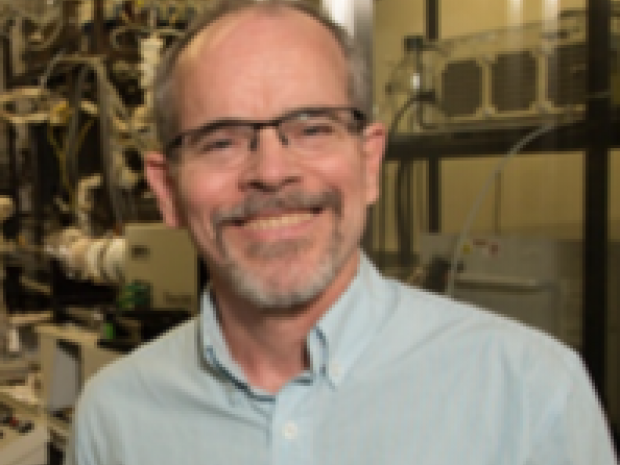Spatio-temporal Studies of Structured Multi-Functional Catalytic Converters for Emission Control

Speaker:
Mike Harold
Department of Chemical and Biomolecular Engineering, University of Houston
Abstract:
Emission control catalysts typically comprise multiple components for storage and reaction and are supported on monoliths. Their operation is inherently transient and spans a wide range of feed compositions and temperatures from ambient to > 600 °C with millisecond contact times, yet high pollutant conversion and benign product selectivity must still be achieved. Further, consolidation of multiple pollutant abatement functions and thrifting of precious metal loading is needed to reduce system cost and volume. Multi-functional catalyst architectures that combine two or more active layers or zones can be effective strategies to address cost and/or performance limitations. Innovative experiments and modeling using catalytic reaction engineering tools are needed to provide deeper insight and to devise “optimal” catalyst architectures and operating strategies to meet emission targets. In this lecture several examples are described that illustrate how spatially-resolved measurements, catalyst architecture synthesis and design, and modeling lead to innovative emission control solutions. The first two examples apply to diesel emission control; namely coupled hydrocarbon trapping and oxidation in a Pt/Pd zeolite monolith for hydrocarbon control, and combined NOx storage and reduction (NSR) and selective catalytic reduction (SCR) for lean NOx control. The third example which is applicable to both diesel and gasoline vehicles combines hydrocarbon and NOx trapping in a structured catalyst with the major challenge being how to minimize the low temperature release of pollutants. A structured catalyst containing a mixture of precious metal and two or more zeolite types is shown to be effective. In each example the use of spatially-resolved concentration and temperature measurements provide a detailed glimpse of the coupling of trapping, release, and reaction.
- 10:30 Refreshments
- 10:45–12:00 Talk

